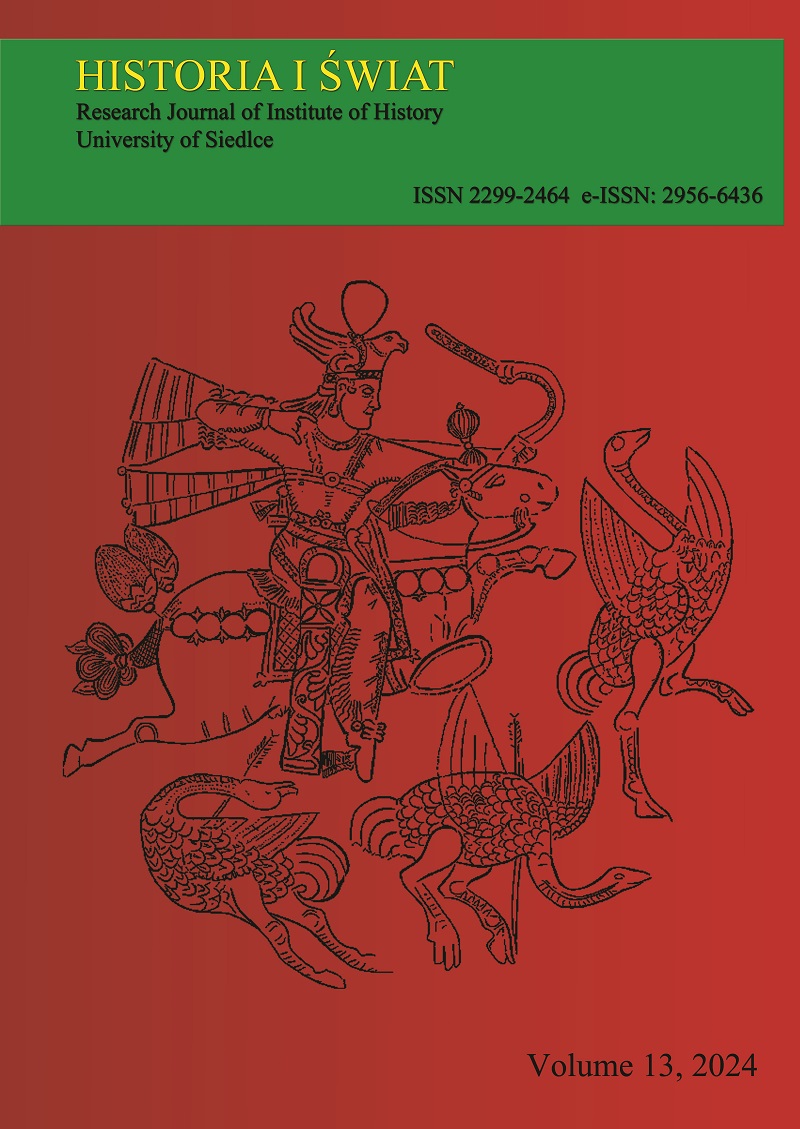Prostitution and its perception as a social and economic phenomenon in Iran and the Caucasus in the late Middle Ages
DOI:
https://doi.org/10.34739/his.2024.13.17Słowa kluczowe:
Prostitution, Middle Ages, Iran, Caucasus, Ilkhanids, Safavids, TamghaAbstrakt
The connection between the Iranian world and the Caucasus is longstanding and encompasses various areas, including history, culture, language and religion. The objective of this article is to investi-gate the prevalence and taxation of prostitution in late medieval Iran from the inception of the Mongol period (Ilkhanate) to the decline of the Safavids. Prostitution was increasingly perceived as a form of tra-de and was therefore subject to taxation in the same way as other forms of trade. Notwithstanding the efforts of secular authorities to eradicate it and in spite of the fact that in Muslim Iran prostitution was deemed a breach of Islamic law, the practice endured on a notable scale.
Pobrania
Pobrania
Opublikowane
Numer
Dział
Licencja
Prawa autorskie (c) 2024 Authors

Utwór dostępny jest na licencji Creative Commons Uznanie autorstwa – Bez utworów zależnych 4.0 Międzynarodowe.




